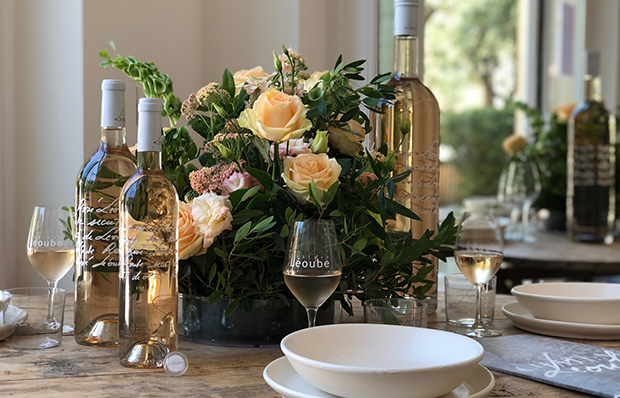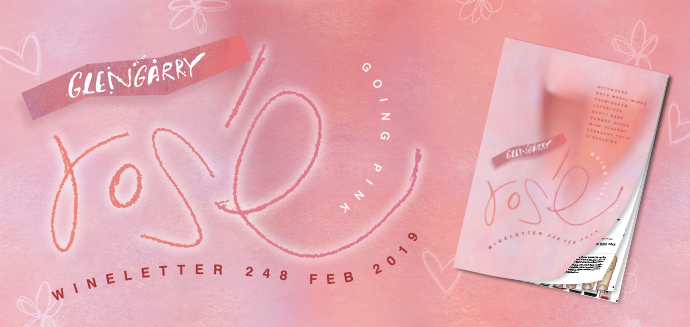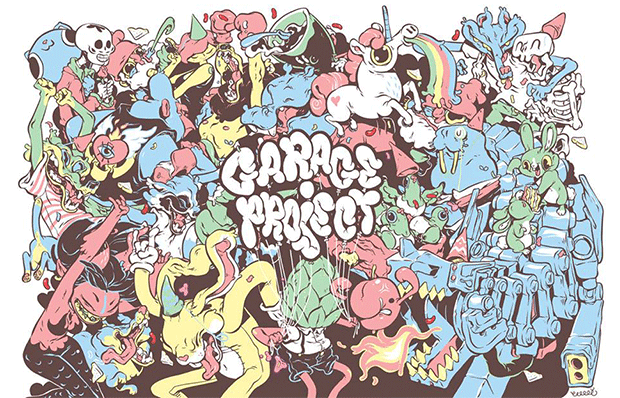The stack of rosé wines on our shop floor just keeps on growing, as does our intrigue with the skills involved in its creation. Given its rapidly growing popularity and the somewhat mind-numbing range of choices now available to your discerning palate, we thought we’d pitch in with some thoughts on how to navigate your way through this vinous treasure chest.

The production method has a lot to do with the resulting colour. There are three main ways to produce rosé wines: 1. Through skin contact, where the red-skinned grapes are picked, crushed and left together for a period of time. 2. The saignée method, where a portion of the pink juice from the grape is removed at an early stage in the production of red wine (intensifying the colour of the red wine) and fermented separately to produce a rosé. 3. Blending red wine into white wine.

What makes a great rosé? Certainly, a pale hue in and of itself does not necessarily confer brilliance. The best are those made with the full intent of making a rosé wine, the fruit selected with care, as opposed to a by-product created using grapes that didn’t make the red wine cut. Rosé sales are booming, and it’s no surprise that there are many good expressions being made within our shores, to accompany the horde of options imported from other parts of the globe. To ensure that we carry only the best, we taste and select rigorously, our range instore one you can have a high level of confidence in.

So, what are you looking for? Perhaps the following: a seductive aromatic nose with attractive florals and a touch of herbal spice; fresh fruit flavours, a lively acidity and a full mid-palate with plenty of texture and interest; a finish that tends towards dry and is very refreshing. Good hunting.
Read more from our February Wineletter here.




